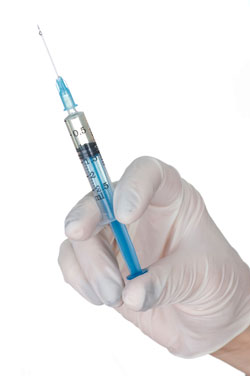
We follow a specific protocol tailored to each patient based upon their general health, and any specific health issues. Patients are monitored on a one to one basis from the time of sedation, throughout anesthesia and surgery, until fully awake and recovered. Monitoring includes temperature, heart rate and pulse, respiratory rate, blood pressure, blood oxygen and carbon dioxide levels, and more. Intravenous fluids are administered to help maintain hydration, blood pressure, and kidney perfusion. These features allow us to maximize safety for all of our patients.

